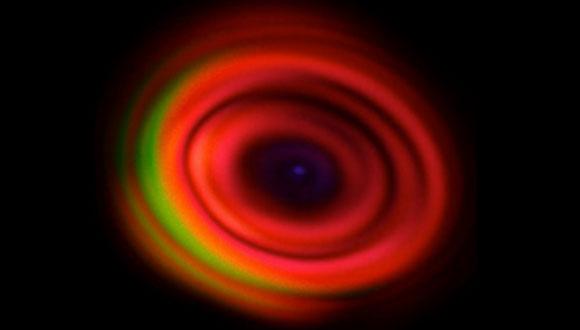LMI Seminar: Quantitative Phase Imaging in Biomedicine
Gabriel Popescu, University of Illinois at Urbana-Champaign, USA
Abstract:
Light scattering limits the quality of optical imaging of unlabeled specimens: too little scattering and the sample is transparent, exhibiting low contrast, and too much scattering washes the structure information altogether. As a result, current instruments, target specifically either the thin (low-scattering) specimens or the optically thick (multiply scattering) samples. In 2011 we developed spatial light interference microscopy (SLIM) as a high-sensitivity, high-resolution quantitative phase imaging method, which open new applications for studying structure and dynamics. Color SLIM (cSLIM) is a recent development that allows the phase imaging of stained tissue slices. Using specimens prepared under the standard protocols in pathology, cSLIM yields simultaneously the typical image that the pathologist is accustomed to (e.g., H&E, immunochemical stains, etc.) and a quantitative phase image, which provides new information, currently not available in bright field images (e.g., collagen fiber orientation).
However, SLIM works best for thin specimens, such as single cell layers and tissue slices. To expand this type of imaging to thick, multiply scattering media, we developed gradient light interference microcopy (GLIM). GLIM exploits the principle of low-coherence interferometry to extract phase information, which in turn yields strong, intrinsic contrast of transparent samples, such as single cells. Because it combines multiple intensity images that correspond to controlled phase shifts between two interfering waves, GLIM is capable of suppressing the incoherent background due to multiple scattering. We demonstrate the use of GLIM to image various samples, including standard micron size beads, single cells, cell populations, thick bovine embryos, and live brain slices. GLIM operates as an add-on to a conventional microscope and overlays seamlessly with the existing channels (e.g., fluorescence).


